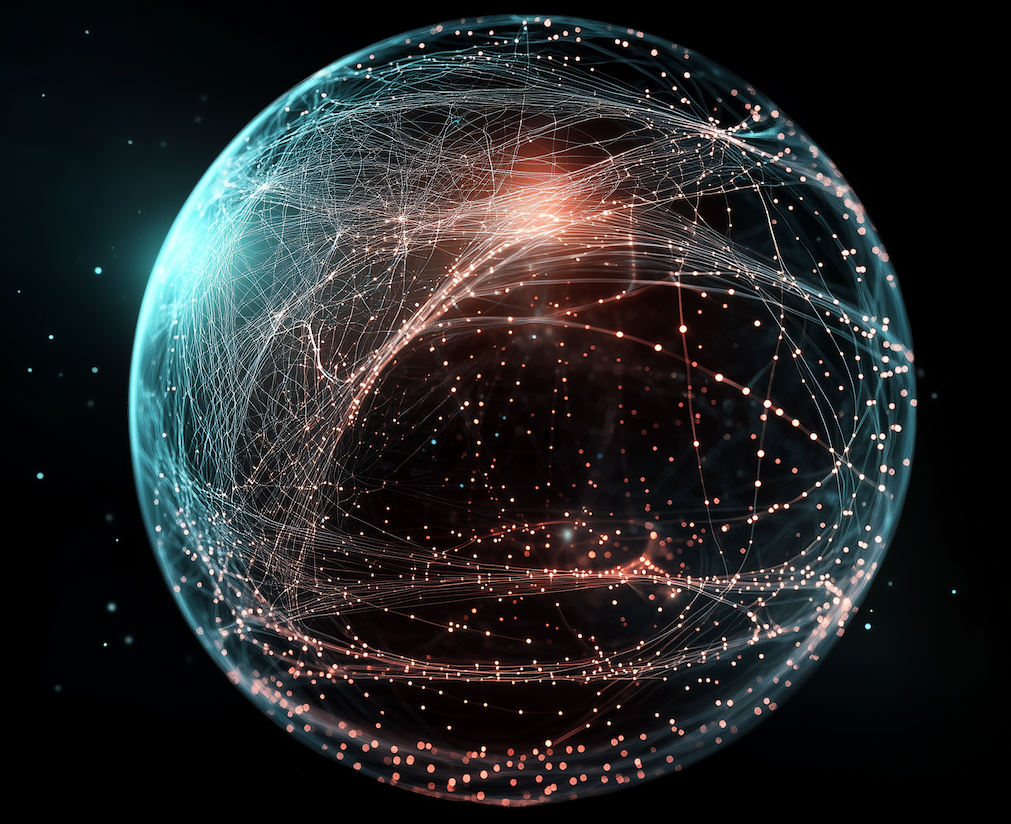Decoding Zero-Temperature Phase Transitions Using Quantum Computers

Insider Brief:
- Researchers face challenges observing quantum phenomena, as noise from thermal fluctuations often obscures quantum effects at macroscopic scales.
- Zero-temperature phase transitions, driven entirely by quantum phenomena, provide a unique opportunity to study critical states of matter dominated by quantum entanglement and long-range correlations.
- Classical methods, like tensor networks, struggle to model highly entangled systems near critical points, making quantum computers essential. However, current quantum hardware remains limited in its capacity to simulate large, complex systems.
- Quantinuum researchers combined classical tensor-network techniques (MERA) with quantum circuits to simulate critical states, achieving high fidelity with only 20 qubits.
The development of quantum technology is seemingly punctuated with unending challenges related to the difficulty of observing quantum phenomena. While quantum mechanics is the bare bones of the behavior of all materials, its effects are often obscured at macroscopic scales by noise. One source of this noise, truly the bane of the quantum physicist’s existence, is thermal fluctuations in particles. These fluctuations necessitate the use of dilution refrigerators and cryogenic temperatures for some qubit modalities.
While the preceding may cause lamentations on our relative macroscopic size in the universe, sometimes the universe sympathizes in the form of a usable edge case–a clue in our journey to discover the nature of physical law. A recent study led by Quantinuum and published in Physical Review Letters sheds light on just that–specifically, zero-temperature phase transitions rampant with quantum effects and the possibility of using quantum simulations to further understand these critical states of matter. Their work provides a foundation for understanding how zero-temperature phase transitions can offer both opportunities and challenges for quantum computing.
Zero-Temperature Phase Transitions
Phase transitions most obvious to us at the macroscopic level are thermally induced—such as ice melting into liquid water or water boiling into vapor. These transitions depend on the presence of thermal energy. However, at absolute zero, where thermal energy is absent, rare instances of phase transitions can still occur. These zero-temperature phase transitions are driven entirely by quantum phenomena.
These transitions are particularly compelling because they exhibit critical behavior, where the quantum effects dominate, leading to long-range correlations across the entire system. Unlike thermal transitions, the cause of these changes lies in quantum entanglement. Studying these transitions provides insights into fundamental physics but also highlights the challenges of modeling them with current computational methods.
The Challenge of Critical States
Critical quantum states, such as those near a zero-temperature phase transition, are defined by their long-range entanglement. Simulating such systems requires encoding the relationships between numerous particles, a task that grows exponentially more complex as the size of the system increases. While classical methods, such as tensor networks, can handle low-entanglement systems, they struggle with critical systems where the entanglement spans the entire lattice, making a quantum computer a prime candidate. But, before celebrating, it’s important to recognize that the complexity of modeling these transitions proves challenging on current-state quantum systems that are limited in the size of systems they can reliably represent.
To grasp the complexity of modeling such a transition on a quantum computer, imagine a lattice of points forming a three-dimensional web. At each intersection of the web sits a particle, which can move or interact, and each particle is characterized by its degrees of freedom—its possible states in time and space. Now, imagine freezing the system in a single moment to focus on how these particles are connected.
Picture the web as both flexible and unbreakable, where pulling gently on one point causes a ripple effect, with every other point adjusting its position in response. This interconnectedness mirrors the quantum phenomenon of entanglement, where the state of one particle is intrinsically linked to the state of others.
In the quantum system, this means that no particle can be fully understood in isolation; instead, its behavior reflects the collective state of the entire system. Encoding and simulating this level of interconnectedness on a quantum computer involves not only tracking the state of each particle but also maintaining the intricate web of relationships that connect them—a task that grows exponentially more complex as the system scales.
This is problematic considering the limits of current-state hardware. The research team from Quantinuum took on this challenge through a hybrid approach that combines classical and quantum tools to simulate the transverse-field Ising model, a well-studied system exhibiting quantum criticality.
The researchers used the Multiscale Entanglement Renormalization Ansatz (MERA), a tensor-network method, to hierarchically organize and represent the entanglement in their system. This structure was translated into a quantum circuit to simulate the critical state of the transverse-field Ising model with high fidelity using only 20 qubits. By combining classical optimization of the tensor network with quantum hardware, the team was able to extract critical properties of the system, such as the decay of correlations near the critical point.
From Quantum Complexity to Technological Insight
Simulating zero-temperature phase transitions is more than an academic pursuit. These states provide insights into fundamental quantum phenomena which in turn inform the development of quantum technologies. The study demonstrates that, even with the limitations of current hardware, innovative approaches like MERA can close the gap between classical and quantum capabilities. As quantum processors improve, so too will our ability to simulate and understand these complex systems. For now, the interplay between classical and quantum tools serves as a reminder of the collaborative effort required to realize the full potential of quantum technology.
Contributing authors on the study include Reza Haghshenas, Eli Chertkov, Matthew DeCross, Thomas M. Gatterman, Justin A. Gerber, Kevin Gilmore, Dan Gresh, Nathan Hewitt, Chandler V. Horst, Mitchell Matheny,
Tanner Mengle, Brian Neyenhuis, David Hayes, and Michael Foss-Feig.
